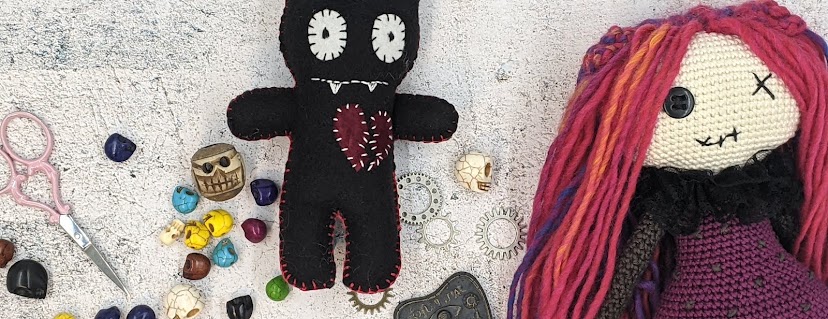"Eco Chic The Savvy Shoppers guide to ethical fashion" by Matilda Lee was published in 2007. Being published in 2007 many of the companies that are covered are sadly gone. This is partially due to the recession of 2008 that continued until 2010 and beyond. Many fledgling eco companies were effected by this as often profit margins are less in these types of businesses. People also weren't willing to pay a bit more for what was often considered a luxury item. Enviromental concerns often loose out to personal finances, a main factor in why fast fashion is so popular.
Matilda Lee covers the topic of Fast Fashion and our Throwaway Culture throughout the book. Which one came first? This is a question that will never be resolved, I think they go hand in hand and it is a difficult cycle to break. There has been advancement in attempts to break this cycle since things like the Bangladesh factory collapse in 2013. The news coverage and resulting documentaries including "The True Cost" have made the general public more aware. People are becoming more concerned with how and where their clothing is made and companies are becoming more transparent with the details. A good example is People Tree, they are an enviromentally friendly fair trade pioneer in the fashion world, founded in 1991 and still going strong. They have a wonderful website which clearly states their mission, has a meet the maker section and presently they are running the #5 Looks Challenge.
PeopleTree #5Look Challenge
What constitues a Green Fabric? Is cotton a good option? These are questions asked in the book and no there are no defintive answers. Knowledge and making informed decisions are the two most important things when it comes to eco fashion. Matilda Lee obviously did a lot of research to write this book and she passes her knowledge to the reader.


I want to know more about the factors that make textiles eco-friendly. Is it a function of the source material, manufacturing processes, where it comes from? I know there is a lot of hype around both organic cotton but it has the drawback of being more expensive and thus only available for those who can afford it. Bamboo while sustainably grown requires a complicated manufacturing process and hemp textiles are not for all uses.
ReplyDeleteEco fabrics can be confusing at times as they often can fall into the category of Greenwashing. I am going to write some future posts about the pros and cons of the more common ones. I believe that being knowledgable and more aware of fibre contents in our clothing is a good step to becoming more enviromentally conscious.
Delete